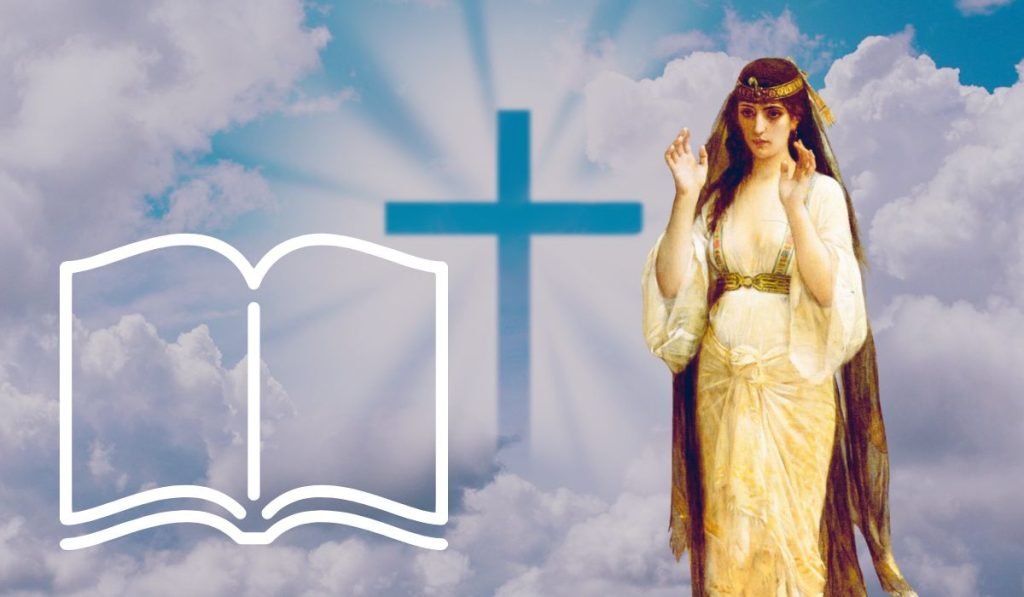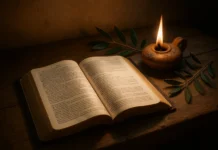In the myriad of narratives that populate the sacred texts of the Bible, certain individuals capture our imagination and beckon us to delve deeper into their stories. Adah, a name mentioned briefly yet evocatively in the Scriptures, provides a window into the ancient world and offers insights into the societal and spiritual fabric of her time. This article explores the intriguing figure of Adah, examining her role, significance, and the meanings ascribed to her name.
Who Was Adah in the Bible?
Adah appears in the genealogies of Genesis, a book replete with the beginnings and ancestries essential to biblical history. Specifically, she is one of the wives of Lamech, from the line of Cain, and is noted as the mother of Jabal and Jubal, who were pioneers in nomadic herding and musical arts, respectively (Genesis 4:19-21). Her life, though sparingly detailed, opens a discussion on the roles and recognition of women in biblical narratives.
What Does the Bible Say About Adah?
The biblical narrative provides a skeletal outline of Adah’s life, focusing on her marital and maternal status. However, even these brief mentions are significant, illustrating the early diversification of human skills and culture through her children. Jabal is described as “the father of those who live in tents and raise livestock,” while Jubal is “the father of all who play stringed instruments and pipes.” Through Adah, the Bible credits the foundation of pastoral life and music, marking her as a conduit of cultural advancement.
Who Does Adah Represent?
Adah’s presence in the genealogy of Cain can be interpreted in various ways. To some, she represents the continuity of life and human creativity, even in a lineage marked by transgression and exile. Her story underscores the Bible’s subtle acknowledgment that grace and talent are not confined to the righteous alone but can manifest across all humanity.
What Does the Biblical Name Adah Mean?
The name Adah translates to ‘ornament’ or ‘beauty,’ suggesting that her presence was cherished and valued in her community. This interpretation invites us to consider the aesthetic and possibly the spiritual appreciation of beauty in ancient societies, as reflected in the naming of individuals.
Why Did Adah Lift Her Veil?
This question, though not directly addressed in the Bible, opens a speculative inquiry into the customs and symbolism of veiling in ancient times. If Adah did lift her veil, it could symbolize transparency, revelation, or significant moments of encounter, reflecting broader themes of visibility and recognition in spiritual and social contexts.
Adah’s Meaning in the Bible
Exploring the meaning of Adah in the Bible involves looking beyond the literal text to understand the broader implications of her story. She symbolizes the intertwining of innovation and tradition, revealing how individual lives can influence the broader tapestry of human history and culture.
Who Was Adah’s Father in the Bible?
The Scriptures do not provide specific details about Adah’s father or her ancestry beyond her immediate family. This absence often invites readers to focus more on her contributions and the legacy of her children, rather than her origins.
Where Is the Story of Adah Found in the Bible?
Adah’s story is located in Genesis 4, nestled within the genealogies that set the stage for subsequent biblical events. This placement connects her narrative to the foundational themes of creation, fall, and redemption that pervade the Book of Genesis.
Adah’s story, brief as it is, challenges us to reflect on the narratives we inherit and the legacies we leave. By exploring the life and significance of figures like Adah, we gain a deeper appreciation of the Bible’s complexity and its capacity to speak across generations. Her narrative encourages us to seek a personal connection with the scriptures, inviting us to ponder our own place within its enduring stories.










